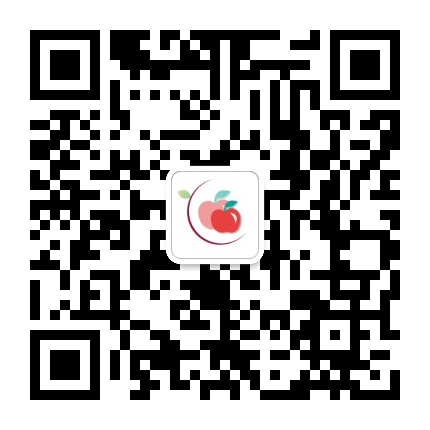Introduction
iOS signing is an important part of the app distribution process. All iOS apps must be signed using a digital certificate before they can be installed on an iPhone or iPad. Apple provides a range of options for app signing, including Developer, Distribution, Enterprise, and Ad Hoc signing. Understanding the ins and outs of Apple’s app signing process is important for developers, enterprises, and individuals who want to distribute iOS apps.
What is iOS Signing?
iOS signing involves the use of digital certificates to verify the authenticity of an iOS app. A digital certificate is a unique code that is issued to a developer by Apple and is used to sign their apps. When a user downloads an app onto their iPhone or iPad, the device checks that the app is signed with a valid digital certificate. If the certificate is valid, the app is installed and can be opened without any issues.
Types of iOS Signing
There are four types of iOS signing: Developer, Distribution, Enterprise, and Ad Hoc. Developer signing is used when an app is being developed and tested on an iPhone or iPad. This type of signing allows developers to test their apps on real devices before submitting them to the App Store. Distribution signing is used when an app has been approved for the App Store and is ready to be distributed to users. This type of signing is restricted to apps that have been approved by Apple.
Enterprise signing is used when an app is being distributed within a company. This type of signing allows companies to distribute their apps to their employees without having to go through the App Store. Ad Hoc signing is used when an app is being distributed to a limited group of people outside of the App Store, like a beta test group.

The Importance of iOS Signing
iOS signing is important for several reasons. It helps to ensure that only verified apps are installed on an iPhone or iPad, which helps to protect the device from malware and other security threats. Signing also helps to prevent app piracy by ensuring that only authorized users can install the app. For developers, signing is important because it allows them to test their apps on real devices and distribute their apps through the App Store. For enterprises, signing is important because it allows them to distribute their apps to their employees without having to go through the App Store.
The Process of iOS Signing
The process of iOS signing is relatively simple. When a developer creates an app, they generate a digital certificate that is used to sign the app. This certificate includes the developer’s name, a unique identifier, and a public key. The certificate is then used to sign the app, which adds a digital signature to the app’s code. Once the app has been signed, it can be distributed via the App Store or through other channels.
Conclusion
iOS signing is an important part of the app distribution process. Understanding the ins and outs of Apple’s app signing process is important for developers, enterprises, and individuals who want to distribute iOS apps. With the right knowledge and tools, anyone can sign and distribute iOS apps with ease.



